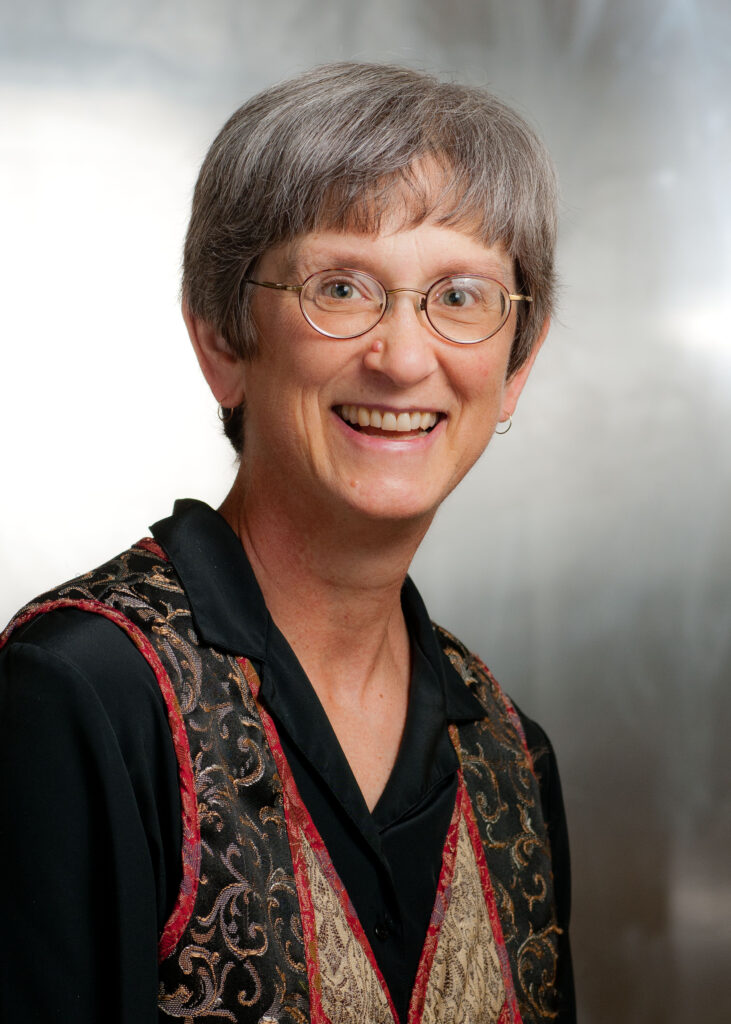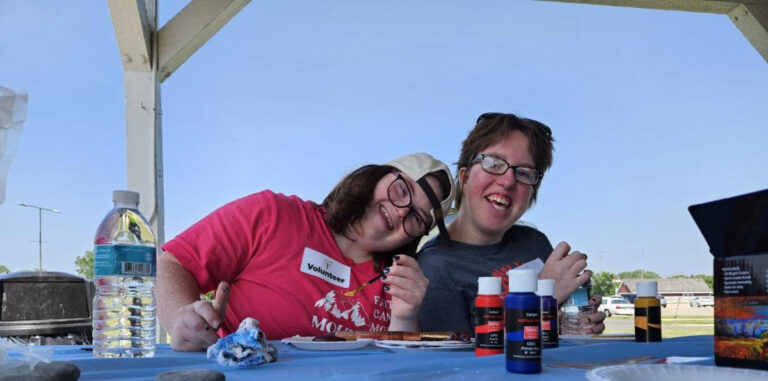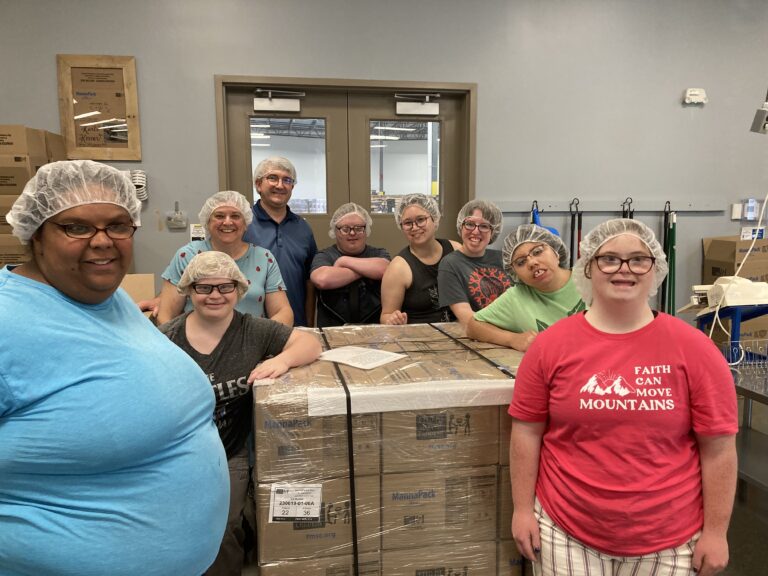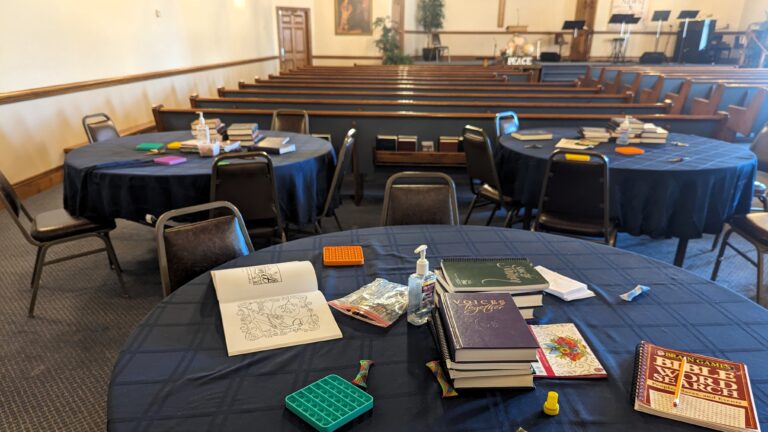Horses Live to Run
This article is reprinted from Timbrel (Sept.-Oct 2010). It also appeared in the Australian Journal of Pastoral Care and Health (Vol.5, No.1, March 2011) and was cited by John Swinton in “What Does Love Look Like: Reflections on Autistic Love,” in Authenticity and Community: Essays in Honor of Herman P. Meininger, ed. Hans S. Reinders (Antwerp: Garant, 2011).
Since the days of Job and the psalmists, people have been asking, “What are human beings?” I once had my own easy answer to this question—something like this description by Martha Beck: To me, being human was “the part of us that makes our brief, improbable little lives worth living: the ability to reach through our own isolation and find strength, and comfort, and warmth for and in each other. This is what human beings do. This is what we live for, the way horses live to run.” The capacity for relationship was, I thought, the most valuable aspect of human experience, and how we reflect the image of God.
My Asperger family led me to throw out all such assumptions and start over. After both our children were diagnosed with Asperger Syndrome (a condition on the autism spectrum), my husband Bob also claimed the diagnosis. Surrounded by people on the autism spectrum, I began to wonder how God’s good creation could include people with brain differences that limit ability to form relationships. What could it mean to be human when some folks cannot relate in ways that meet our expectations? I concluded in frustration that the people I love with all my heart are a completely different kind of human being, incomprehensibly Other.
Family life was often chaotic, especially during the kids’ teen years. I felt pulled apart as sole peacemaker between three people who seemed constantly in conflict and hard-wired for inability to take another’s perspective. The resulting volatile atmosphere repeatedly activated my vulnerability to depression.
Two aspects of the faith community embodied God’s love to me during those tough years and inspire my ministry in the present. My studies and the faculty at Associated Mennonite Biblical Seminary helped me to wrestle productively with searching theological questions raised by my daily encounter with disabilities. And a few members at Eighth Street Mennonite gave tangible emotional support for getting through many a tumultuous episode. Depression made it hard for me to reach out for support when I needed it, so a friend coordinated a support team for me. She made sure one of the team invited me to an evening out once a week. The team was available for regular email support and carried our family in prayer. This arrangement brought the presence of Christ to me in a way that was sustainable for the long haul and enabled me to share that presence with my family, however imperfectly.
Long before we had a name for it, Asperger differences were already coloring Bob’s and my relationship. During our courtship, Bob and I had caused a pastoral counselor to wonder at his lack of being “in love” and to worry about our future together. For decades to follow, including the trying years I described above, I wondered too. Where was the love in this strange relationship? Now, after twenty-eight years of married life, I know that love is here, too. Though his love for me has pulverized my preconceived notions and stereotypes of love, who am I to say it does not qualify as love? Bob’s version of love is marked by dogged commitment, persistence through agonizing struggles, willingness to give and take, enjoyment of companionship, and other treasured aspects of shared living.
Folks with Asperger’s thrive with predictability, so their love may shine in predictable routines. Bob’s commitment to spending the last half hour of every evening with me, reviewing the day’s ups and downs, has, in its very reliability, breathed new life into our marriage. Likewise, I have learned that Bob values when I express my love for him predictably. When I make sure the refrigerator always holds the items he invariably carries in his lunch, he feels my care. Who says you need roses for romance? Bob finds it—and I gladly provide it each day—in romaine lettuce, unsweetened yogurt, whole wheat bread with apricot jam, and golden delicious apples.
I have had to come to terms with an absence of heartwarming moments in my marriage that match media images of being in love, but I have learned to appreciate other qualities: Bob’s rock solid commitment, unswerving integrity, and shared faith convictions and intellectual interests. I have had to give up expectations that Bob will intuitively know my needs before I can voice them. Yet as I have come to recognize and tell him what I need, Bob surprises me with how far he is willing to go to support me.
The closeness of shared emotion does emerge, albeit idiosyncratically. When I least expect it, I might catch the thrill Bob feels over weather, trains, birds, numbers, or another passionate interest. It means a lot to both of us when I can share his enthusiasm for a moment. When he calls me in to watch the news with him, we often share a tender moment as he weeps over the pain of some public figure.
What is it that people live to do, the way horses live to run? My family members on the autism spectrum show me that we dare not limit our definition of humanity to a single trait. Human beings live to share emotional closeness, yes. We also live for the thrill of learning, the comfort of daily routine, the pleasure of intellectual challenge, the joy of creating functional items and works of art, the satisfaction of analyzing and understanding systems, the pursuit of passionate interests, and more. The diversity that folks on the spectrum bring to the human race explodes our narrow “universal” pronouncements. The richness of God’s image is greater than we understand, far greater than we imagine. These phenomenal people who think and act and love in such different ways than I do are still part of the humanity that God created, without exception, in God’s image. Our faith communities benefit when we create room for their gifts. Our world is a richer place because they share it with us.

Christine Guth is the former Executive and Program Directors for ADN. She provides leadership for an Asperger-Autism support group in Goshen, Indiana, and for a group working to establish a certified clubhouse in Elkhart County for people with serious mental illness. She and her husband are parents of two young adults.








